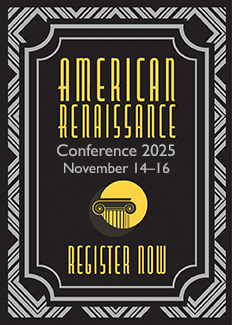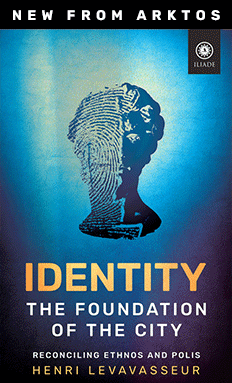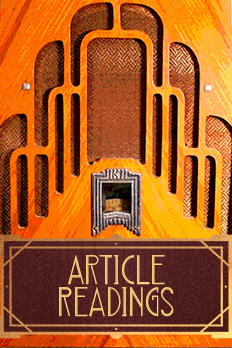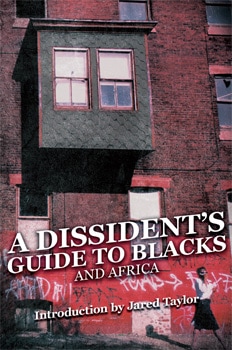Pentagon Plan Would Create Military ‘Reaction Force’ for Civil Unrest
Alex Horton and David Ovalle, Washington Post, August 12, 2025
The Trump administration is evaluating plans that would establish a “Domestic Civil Disturbance Quick Reaction Force” composed of hundreds of National Guard troops tasked with rapidly deploying into American cities facing protests or other unrest, according to internal Pentagon documents reviewed by The Washington Post.
The plan calls for 600 troops to be on standby at all times so they can deploy in as little as one hour, the documents say. They would be split into two groups of 300 and stationed at military bases in Alabama and Arizona, with purview of regions east and west of the Mississippi River, respectively.
Cost projections outlined in the documents indicate that such a mission, if the proposal is adopted, could stretch into the hundreds of millions of dollars should military aircraft and aircrews also be required to be ready around-the-clock. Troop transport via commercial airlines would be less expensive, the documents say.
The proposal, which has not been previously reported, represents another potential expansion of President Donald Trump’s willingness to employ the armed forces on American soil. It relies on a section of the U.S. Code that allows the commander in chief to circumvent limitations on the military’s use within the United States.
The documents, marked “predecisional,” are comprehensive and contain extensive discussion about the potential societal implications of establishing such a program. They were compiled by National Guard officials and bear time stamps as recent as late July and early August. Fiscal 2027 is the earliest this program could be created and funded through the Pentagon’s traditional budgetary process, the documents say, leaving unclear whether the initiative could begin sooner through an alternative funding source.
{snip}
The National Guard tested the concept ahead of the 2020 election, putting 600 troops on alert in Arizona and Alabama as the country braced for possible political violence. The test followed months of unrest in cities across the country, prompted by the police murder of George Floyd, that spurred National Guard deployments in numerous locations. Trump, then nearing the end of his first term, sought to employ active-duty combat troops while Defense Secretary Mark T. Esper and other Pentagon officials urged him to rely instead on the Guard, which is trained to address civil disturbances.
{snip}
The proposal being evaluated now would allow the president to mobilize troops and put them on Title 32 orders in a state experiencing unrest. The documents detailing the plan acknowledge the potential for political friction should that state’s governor refuse to work with the Pentagon.
{snip}
















